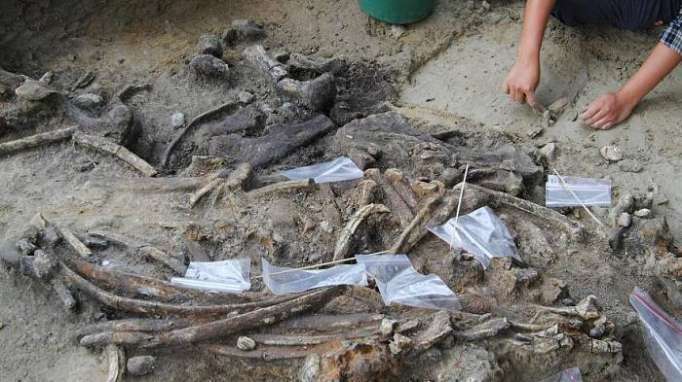In annual excavations since 2014, the researchers found 57 stone tools on the Philippine island of Luzon. The tools are estimated to be 631,000 to 777,000 years old, according to a study published on Wednesday by lead archaeologist Thomas Ingicco of France's National Museum of Natural History.
Before this discovery, the earliest evidence of human activity and life on the Philippine islands was a bone of a human foot that dates to 67,000 years ago — a considerable time jump. The bone was unearthed at the Philippine Callao caves, according to National Geographic. In the 1950s, researchers discovered other fauna remains and man-made stone tools in the area, but these artifacts have not been precisely dated.
"This evidence pushes back the proven period of colonization of the Philippines by hundreds of thousands of years, and furthermore suggests that early overseas dispersal in island Southeast Asia by premodern hominins took place several times during the Early and Middle Pleistocene stages," the study says. This discovery also pushes back the date for when humans first began to live in the region, it says.
Ingicco and his team excavated an area in Kalinga, a Philippine province on the island of Luzon, and discovered a 75 percent complete skeleton whose bones belonged to a rhinoceros species that went extinct.
The bones were marked up and showed signs of butchery, which reveal that the humans who hunted this particular rhino probably ate it. Ingicco told NBC News in an interview that 13 of the rhino bones showed cut marks.
"We found marks on the bones intended to break off the bones to get access to the marrow, and of course to break bones you have to get past the flesh," he said. "Whether they killed the rhino or not, we do not know and we have no evidence to know now."
The humans in the Philippines at that time were "totally different" from present-day Homo sapiens, though they are a distant relative, Ingicco said. "Some species reached the island a long time ago and the result is a dwarf species that has evolved on this island," he said.
The team also found the remains of Philippine brown deer, freshwater turtles and monitor lizards during the excavation.
While there is no clear evidence how the humans got to the Philippines in the first place, Ingicco hypothesized that the early humans were "washed out off a coast after some tsunami or some similar event."
More about: Philippines
















































